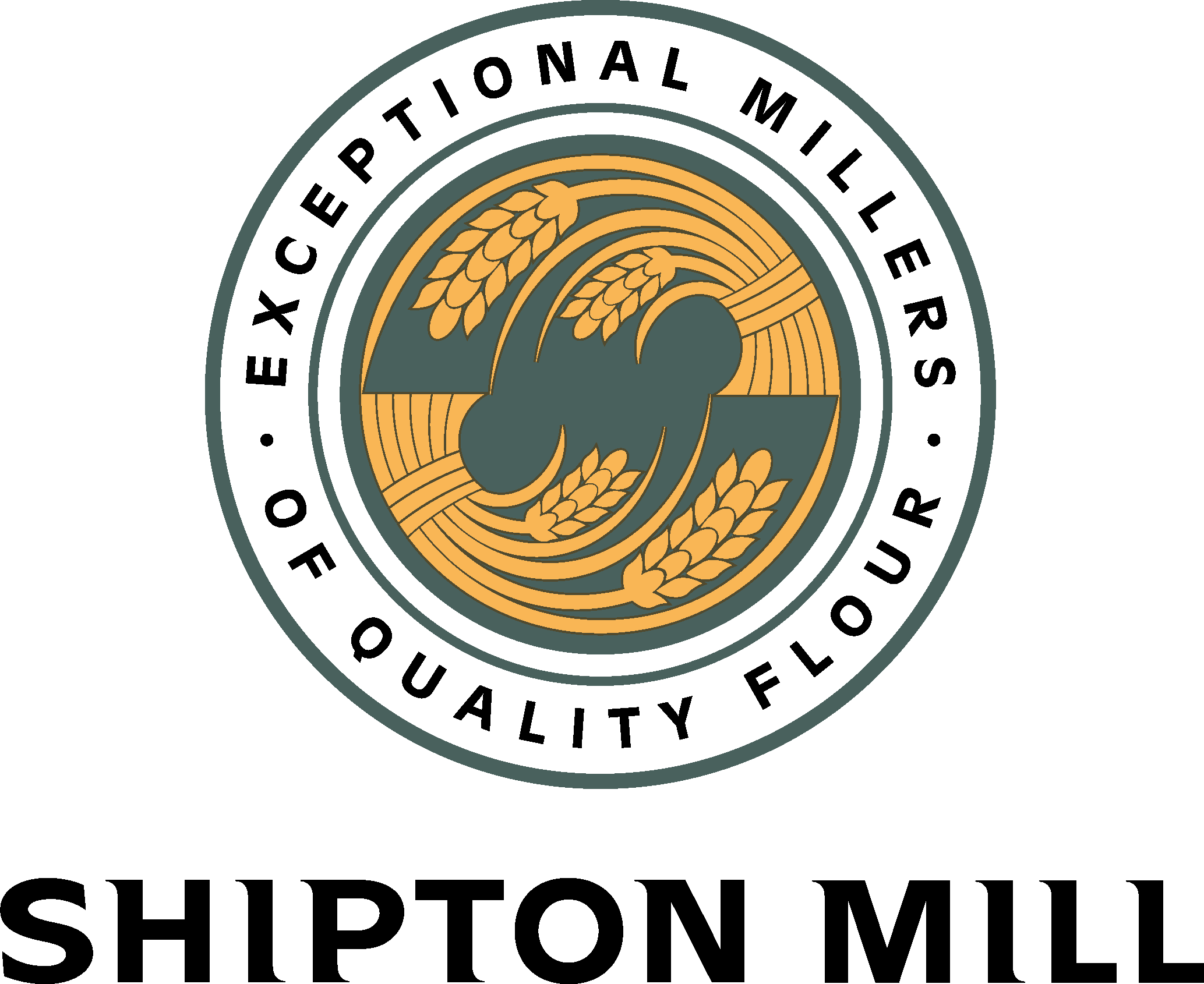Centuries of milling
It is recorded in the Domesday Book that a mill stood in this place. Today, our stoneground flours that now bear the historic name of Shipton Mill are ground with traditional French Burr millstones, just as they would have been in mediaeval times.
When we first discovered the Mill back in 1981, at the far end of a winding Gloucestershire lane, it was a shadow of its former self. No longer a working flourmill, the ruins overlooked the banks of a tributary of the Avon River. The river curved beautifully around the site, but the millrace was choked and the millwheel was all but rusted away.

Restoring the Mill
The healthy appetite for natural foods shown by an increasing number of people provided us with the incentive to make the millstones turn once again. Our first task was to restore the machinery to clean the corn and drive the millstones. The work of this machinery is slow but sure, ideal for keeping the rough millstones at the correct speed to stone-grind the grain.
Stone-grinding flour is a simple, traditional process in which all the organic goodness of wholemeal flour is retained, unlike steel “roller” milling of white flour where the essential bran and germ is engineered away. The increased heat generated from roller milling can damage the natural proteins that are essential to producing the finest breads and dough, as well as being nutritional.
The grain ground at Shipton Mill now provides organic and wholewheat flours that are wholesome in both texture and flavor, with a well-established reputation among artisan bakers across the country.

The Mill – local history
We venture to think that the miller who in 1339 paid rent of “a quart of good ale and a bushel of flour” would approve of the Mill today, along with the farmers and villagers who used to wait on the site for their corn to be ground, when the mill was a centre of social life.
Whilst restoring the Mill, several stories of its past emerged. One told the tale of why the high street of nearby Malmesbury was partly paved with Shipton millstones. Apparently, the local abbot who controlled the millstream fishing rights quarrelled with the miller and, as a result, commandeered his stock of millstones. Today, such a collection would be rather an expensive catch.
One of the more curious miller’s stories recounts how the flour in Napoleonic times became, in a manner of speaking, French bread… The miller needed help in building a dam to divert the stream closer to the mill. He persuaded the authorities to lend him a platoon of French prisoners of war to carry out the job. The present course of the river today is a testament to their efforts.
Shipton Mill Today
Shipton stoneground flour is once again a product of the mill – and of the place. Corn continues to arrive for milling, in part, from the same Cotswold landscape that has always been the setting for the Mill.

The Mill and its river and millpond are home to a thriving and diverse ecosystem, including wild brown trout, kingfishers, damselflies and otters. Now that the millwheel is restored and the sluice gates can close to create the beautiful millpond, we are working on generating our own electricity from the millwheel.

Centuries of milling

Traditional Grains



